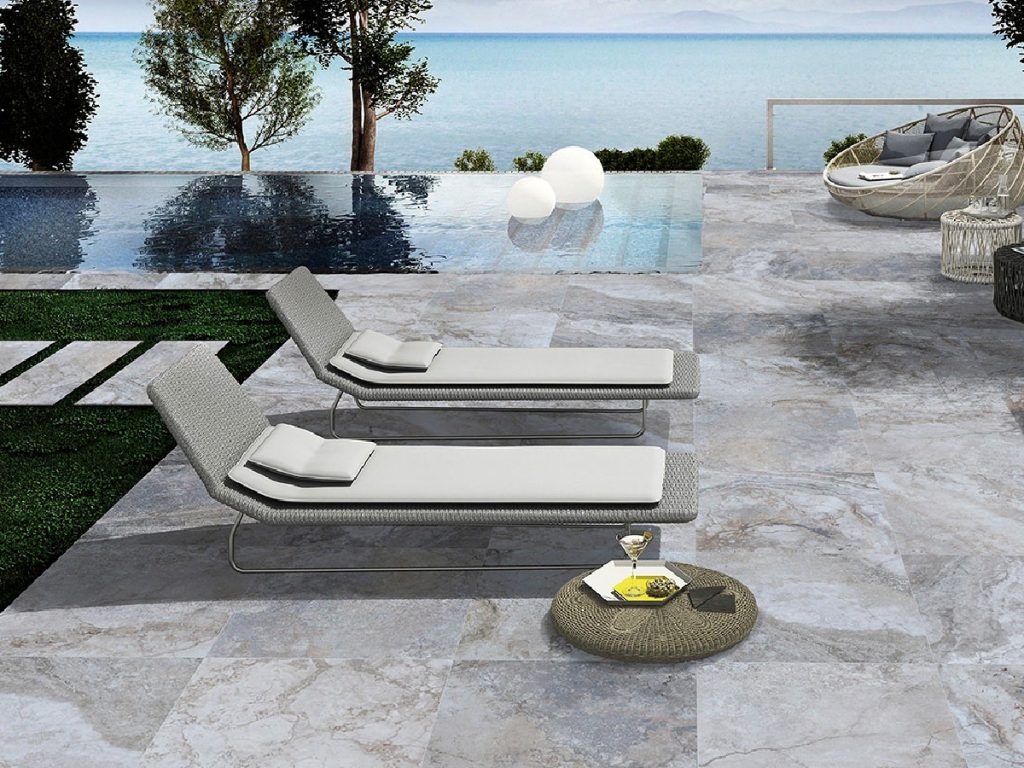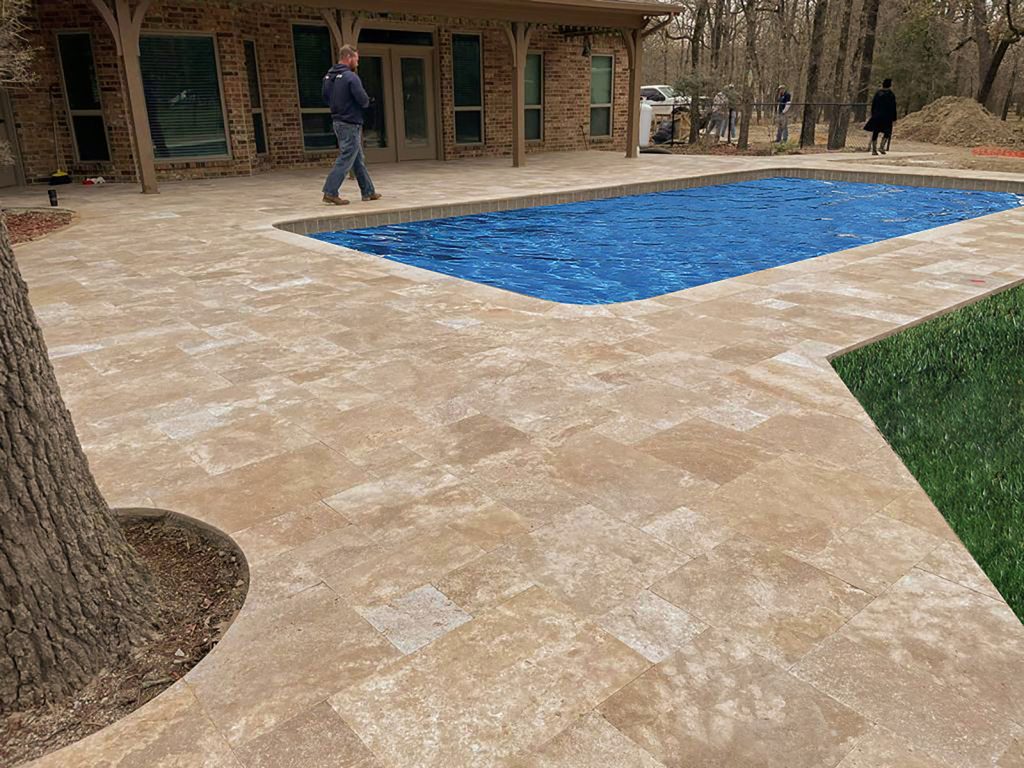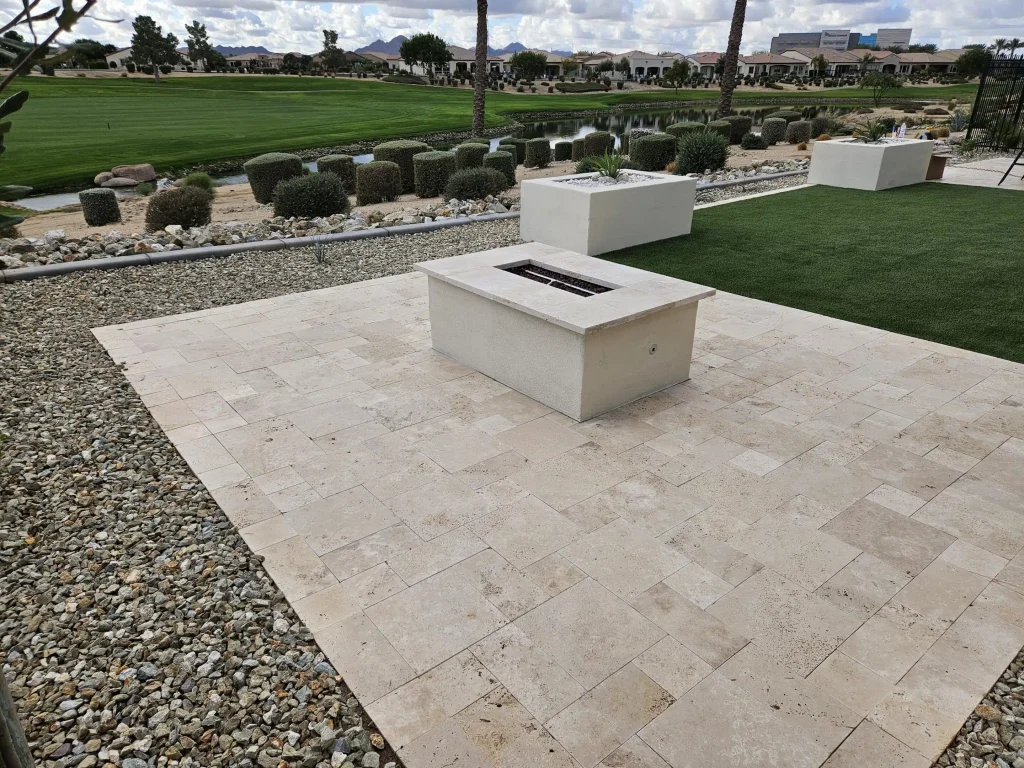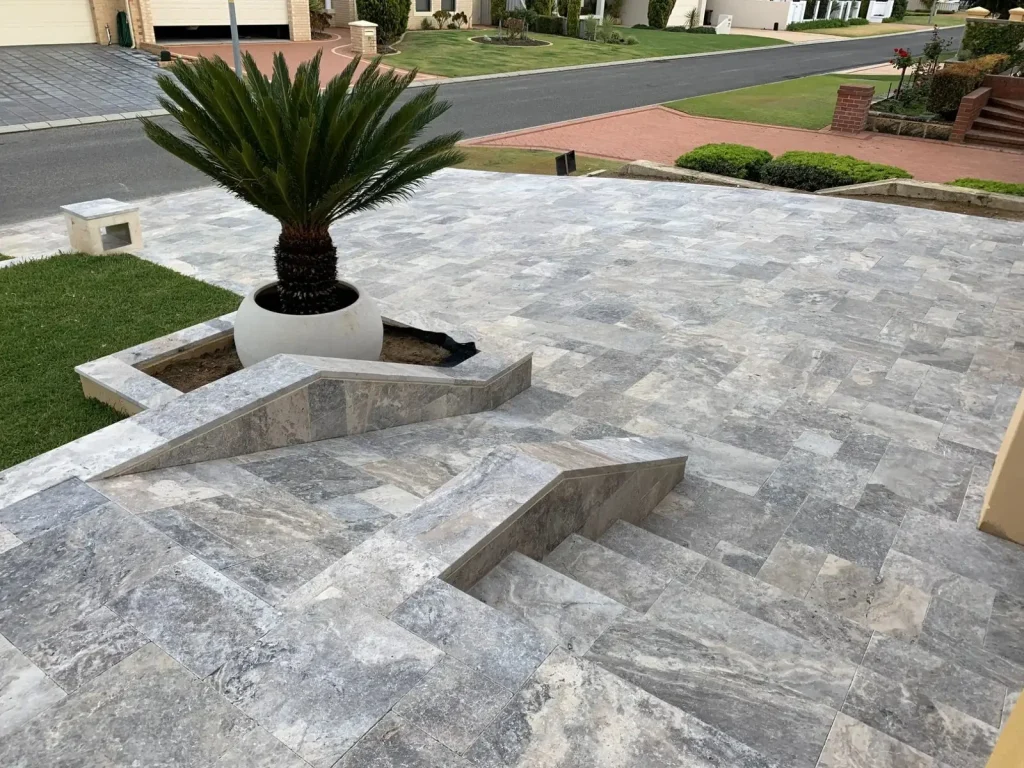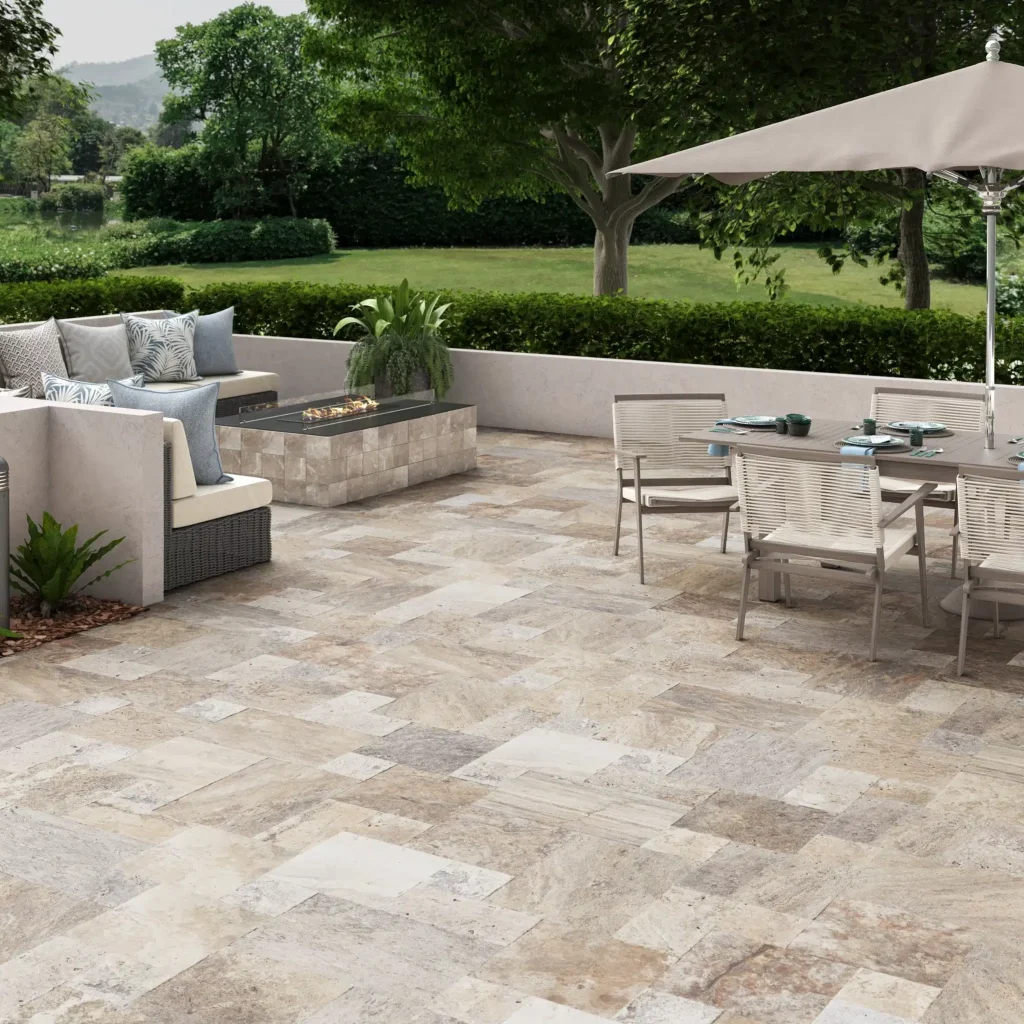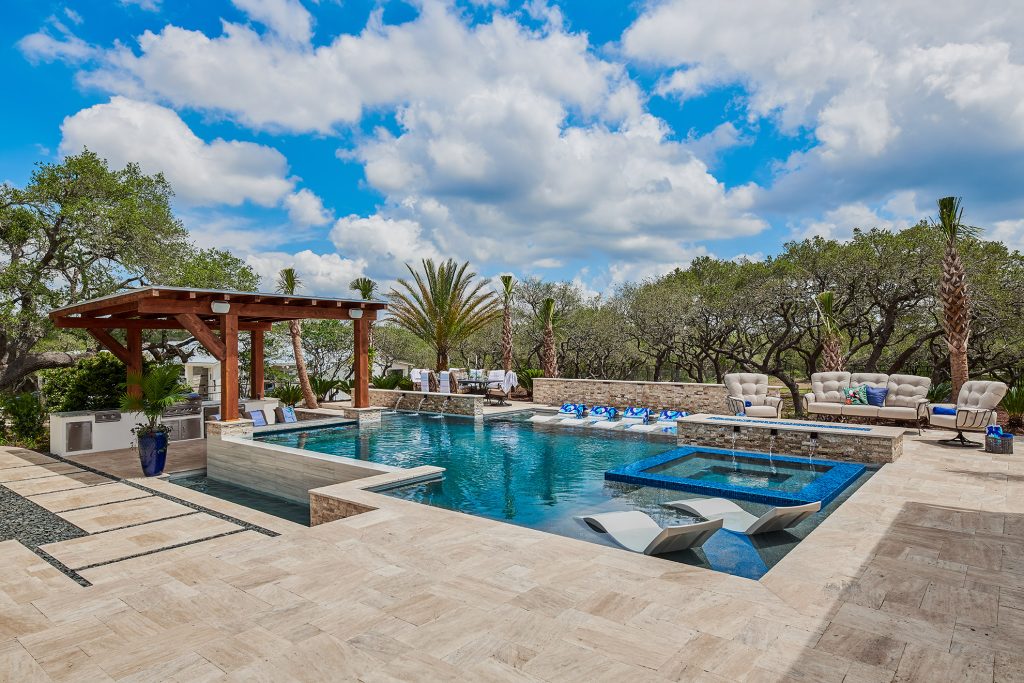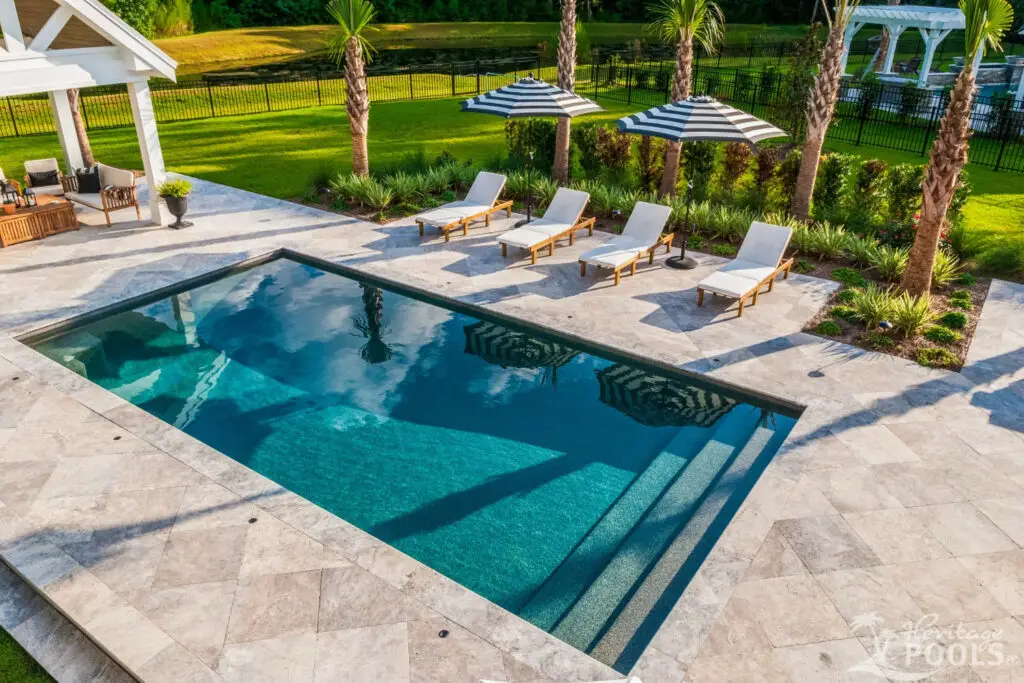Does putting sand between pavers stop weeds?
If you’ve ever noticed weeds popping up between your pavers, you’re not alone. Even beautifully installed patios, walkways, and driveways can develop unwanted plant growth over time. One common question homeowners ask is: Does putting sand between pavers help stop weeds? The short answer is: Yes — but only if the right type of sand is used and installed properly.
Let’s break it down.
Regular Sand vs. Polymeric Sand
Not all sand is created equal when it comes to preventing weeds.
| Type of Sand | Description | Weed Prevention Level |
|---|---|---|
| Regular Joint Sand | Basic sand swept between pavers | Low — Weeds can still grow |
| Polymeric Sand | Sand mixed with special binders that harden with water | High — Creates a solid, weed-resistant joint |
Regular Joint Sand
Regular sand fills the gaps but doesn’t harden. Rain, wind, and foot traffic can wash it away — leaving space for weeds to take root.
Polymeric Sand
Polymeric sand hardens when moisturized. Once locked in, it:
-
Helps prevent weed seeds from settling
-
Deters ants
-
Reduces shifting and movement between pavers
This makes it much more effective for long-term weed prevention.
Do Weeds Grow From Under the Pavers?
Most weeds don’t grow up from deep below your patio. Instead, they come from:
-
Airborne seeds landing between paver joints
-
Seeds carried by birds or rainwater
-
Dirt/dust settling in small gaps
So, even with good sand, some weeds might still appear — but they’ll be easier to remove and far less frequent.
How to Prevent Weeds Between Pavers
To get the best results:
-
Use Polymeric Sand
Sweep it into the joints, compact it, and wet it lightly to activate binding. -
Seal the Pavers (Optional but Recommended)
A high-quality paver sealer creates a barrier that reduces weed growth and staining. -
Keep the Area Clean
Blow or sweep debris regularly so seeds don’t settle in joints.
So, Does Sand Stop Weeds?
-
Regular sand: No, not effectively.
-
Polymeric sand: Yes — it significantly helps prevent weed growth and keeps your pavers looking clean.
If you’re installing pavers or refreshing an older patio, polymeric sand is one of the easiest and most affordable upgrades you can make for long-lasting results.
Final Takeaway – Does putting sand between pavers stop weeds?
Putting sand between pavers can help stop weeds — but only if you use polymeric sand and maintain the surface periodically. Regular sand alone won’t solve the problem long-term.


